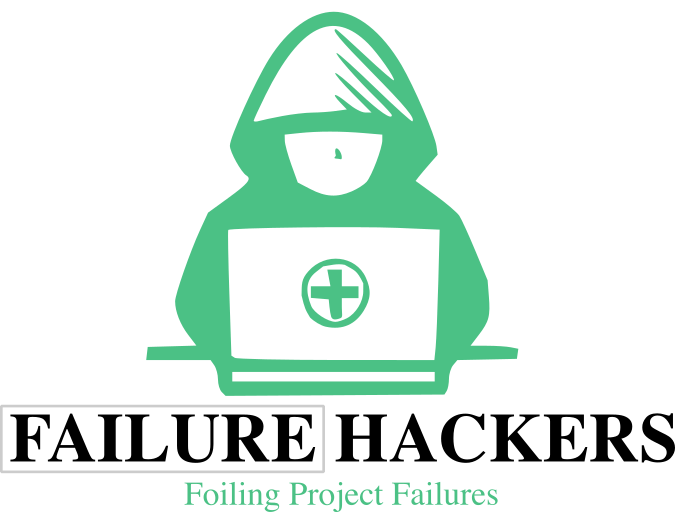and How to Choose the Right One for Your Scenario
In a world brimming with complexities, effective problem-solving becomes an indispensable skill. Over the years, various academic models have been developed to provide structured approaches to navigate these challenges. This article explores five widely referenced problem-solving models, offering insights into their mechanisms and ideal applications. By understanding these frameworks, you can choose the right one for your specific scenario.
1. The Scientific Method
The Scientific Method is perhaps the most recognised form of problem-solving, often associated with scientific research but applicable in many fields. It involves a systematic process consisting of the following steps:
- Observation: Identify a phenomenon or problem.
- Question: Formulate a question based on the observation.
- Hypothesis: Develop a testable hypothesis.
- Experimentation: Conduct experiments to test the hypothesis.
- Analysis: Analyse the data collected to draw conclusions.
- Communication: Share the findings with the relevant stakeholders.
Best Used For:
The Scientific Method is best suited for problems requiring empirical evidence and quantifiable results. Fields such as natural sciences, engineering, and even social sciences can effectively utilise this model when tackling questions that demand rigorous testing and validation.
2. The Problem-Solving Cycle
The Problem-Solving Cycle is a practical and adaptable framework often implemented in business and organisational contexts. This model comprises several stages:
- Define the Problem: Clearly articulate the issue at hand.
- Generate Alternatives: Brainstorm various potential solutions.
- Evaluate Solutions: Assess the feasibility and risks of each alternative.
- Choose a Solution: Select the most promising option.
- Implement the Solution: Execute the chosen solution.
- Review: Monitor the implementation and assess its effectiveness.
Best Used For:
This model works particularly well in dynamic environments like corporate settings, where quick yet thorough evaluations of viable solutions are essential for timely decision-making and strategy development.
3. Root Cause Analysis (RCA)
Root Cause Analysis is a method employed to identify the fundamental cause of a problem rather than merely addressing its symptoms. It generally follows these steps:
- Identify the Problem: Define what went wrong.
- Data Collection: Gather information about the problem’s context.
- Cause Identification: Use techniques like the “5 Whys” or Fishbone Diagram to trace the root cause.
- Solution Development: Generate solutions aimed at addressing the root cause.
- Implementation and Review: Apply the solutions and assess their impact.
Best Used For:
RCA is particularly effective in situations where recurring issues arise, such as in manufacturing or quality control sectors. By targeting root causes, organisations can prevent future occurrences, thus fostering long-term improvement.
4. Design Thinking
Design Thinking is a human-centred approach to problem-solving that emphasises empathy and creativity. The process typically unfolds through the following phases:
- Empathise: Understand the users’ needs and experiences.
- Define: Articulate the problem based on insights gathered.
- Ideate: Brainstorm a broad array of ideas and solutions.
- Prototype: Create simplified versions of solutions for testing.
- Test: Seek feedback from users and refine the solutions accordingly.
Best Used For:
This model shines in scenarios that require innovative solutions, making it highly beneficial in fields such as product development, marketing, and service design. When human interaction is central to the issue, Design Thinking offers valuable insights.
5. The Cynefin Framework
The Cynefin Framework, developed by Dave Snowden, categorises problems into five domains: Clear, Complicated, Complex, Chaos, and Confused. Each domain requires a different approach to problem-solving. Here’s a brief overview:
- Clear: Problems are straightforward; apply best practices.
- Complicated: Problems require expert analysis and diagnosis.
- Complex: Emergent solutions arise through experimentation.
- Chaotic: Immediate action is necessary to restore order.
- Confused: Problems are unclear; probe first before responding.
Best Used For:
The Cynefin Framework is especially useful in environments marked by uncertainty, such as crisis management and organisational change. By helping leaders identify the nature of the problem, it facilitates appropriate responses.
Conclusion: Choosing the Right Model for Your Scenario
Selecting the right problem-solving model hinges on understanding the nature of your challenge. For technical and scientific inquiries, the Scientific Method is invaluable. If you’re in a business environment, the Problem-Solving Cycle provides a structured approach. Root Cause Analysis is ideal for recurring issues that need deep investigation. Design Thinking excels when developing user-centric solutions, while the Cynefin Framework assists in navigating complex and chaotic situations.
By aligning your problem-solving approach with the characteristics of the issue at hand, you can significantly enhance your effectiveness and drive successful outcomes. The key is to remain flexible and adapt your methods as the situation evolves, ensuring that you are equipped to tackle any challenge that arises.

